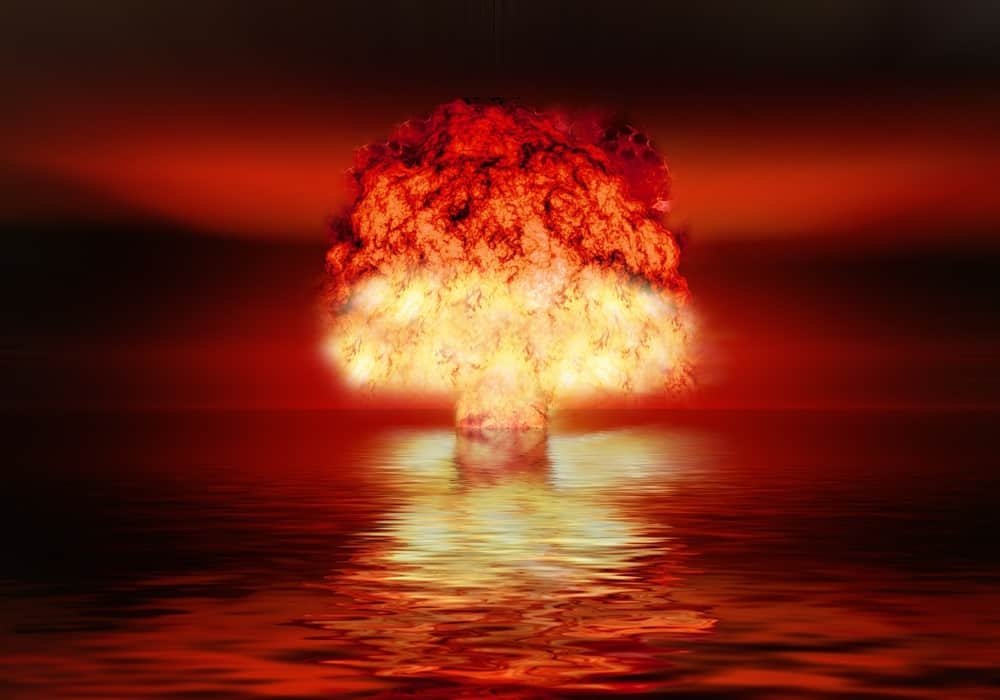Atomic bomb to extinguish fires
The atomic bomb has been used to extinguish fires, in this case gas well fires. The operation atomic bomb to extinguish fires was not to use the blast on the surface, but an underground shock wave to seal the gas pipe in the ground by crushing it.
In 1963, an accident while drilling a natural gas well at Urta-Bulak in the USSR resulted in a fire in the gas well. The flame, 120 meters high and fed by a 300 bar gas pocket 2,409 meters below, was too large to approach and use a conventional method to extinguish it.
The idea was to use an atomic bomb: what was proposed was not to use the blast of the explosion on the surface, but on the contrary the shock wave of the underground explosion. The shock wave was supposed to travel up to the well pipe and crush it to cut off the rising gas.
Operation atomic bomb to extinguish fires
The operation was carried out on September 30, 1966 with a 30 kiloton A bomb, and was a success: 23 seconds after the explosion, the flame went out completely.
This principle was subsequently used successfully three times between 1968 and 1972, and one last time (without success this time) in 1981, each time in Russia.
The gas fire in Uzbekistan
In 1963, a gas well in Southern Uzbekistan suffered a blowout at a depth of 2.4 kilometers. The natural gas caught fire and burned steadily for the next three years. This seemingly unquenchable fire was causing the loss of more than 12 million cubic meters of gas each day. That’s enough to supply the needs of many major cities, and roughly the equivalent volume of 12 Empire State buildings.
Read also: Stealth Plane (Camouflage Aircraft) a radar undetectable aircraft, invisible aircraft
No one in the country knew how to put the fires out, and by 1966 all attempts to do so had failed. It was at this point of desperation that dropping a nuclear bomb on the fires seemed like a pretty great idea to engineers and officials.
Physicists calculated that if a nuclear bomb was detonated at a depth of around 1500 meters and close to the shaft of the well, the resulting pressure could blow out the fire. Researchers ultimately calculated that the bomb needed to be 30 kilotons, or double the power of the bomb dropped on Hiroshima.
Sources: PinterPandai, Wikipedia, Popular Mechanics, New York Times, Interesting Engineering
Photo credit: Public Domain Pictures



